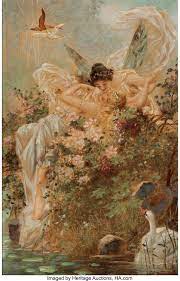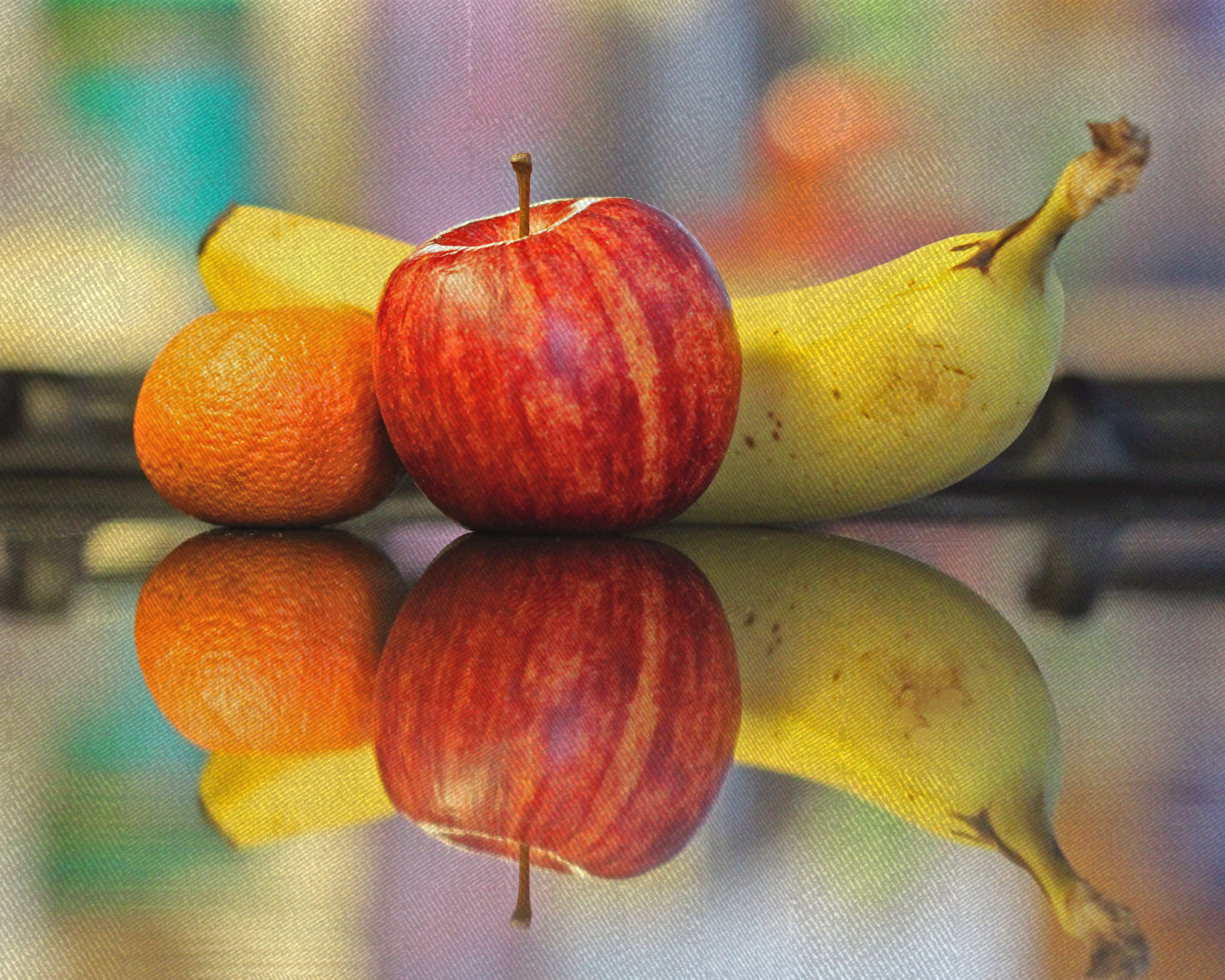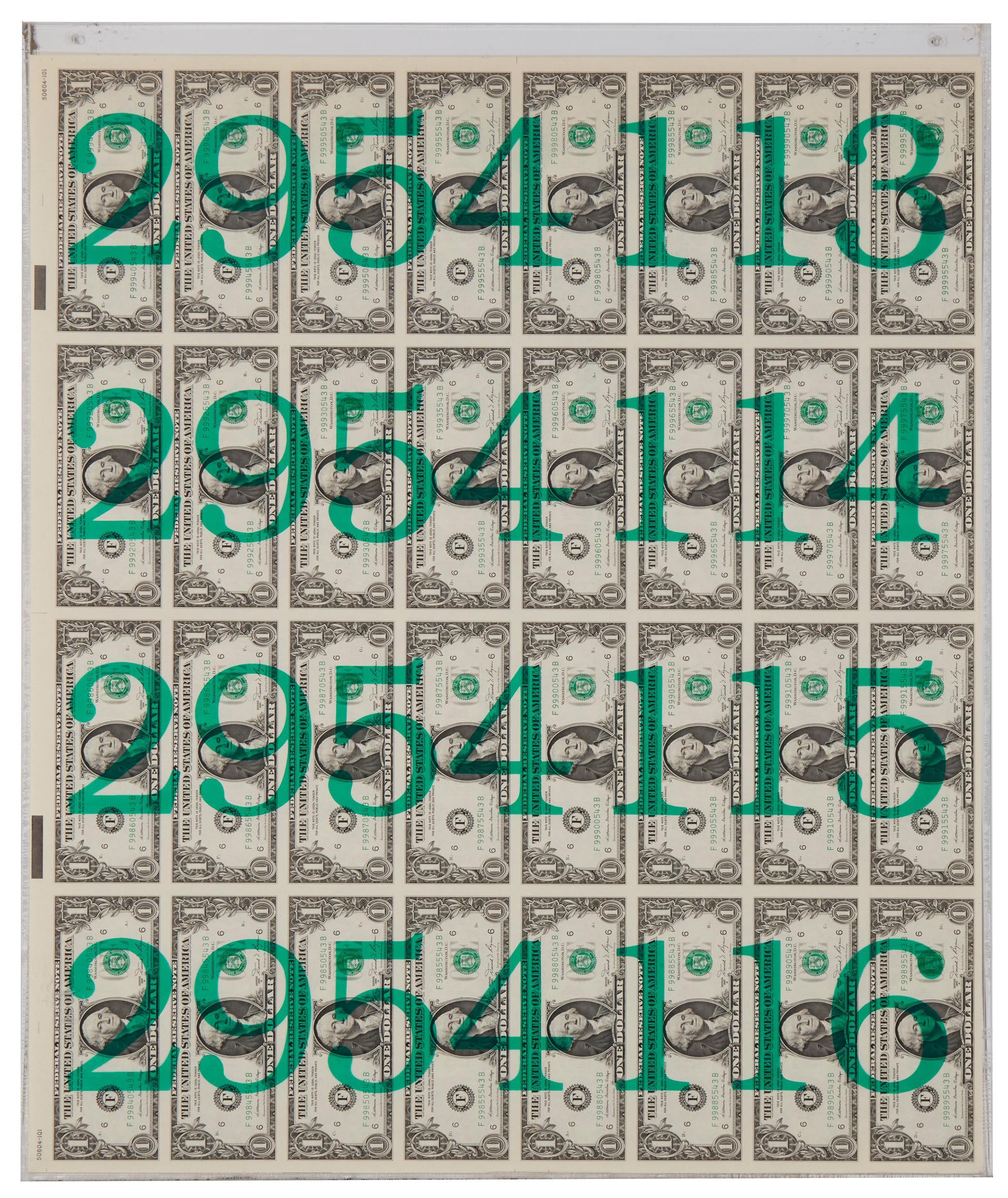
Op Zondag
Op Zondag is about reflecting on privilege from colonization as the speaker grapples with their own history as a descendant from Holland. The poem makes use of Denglisch, which is the interspersing of German and Dutch words throughout English, as these languages and cultures pervade this poem.









